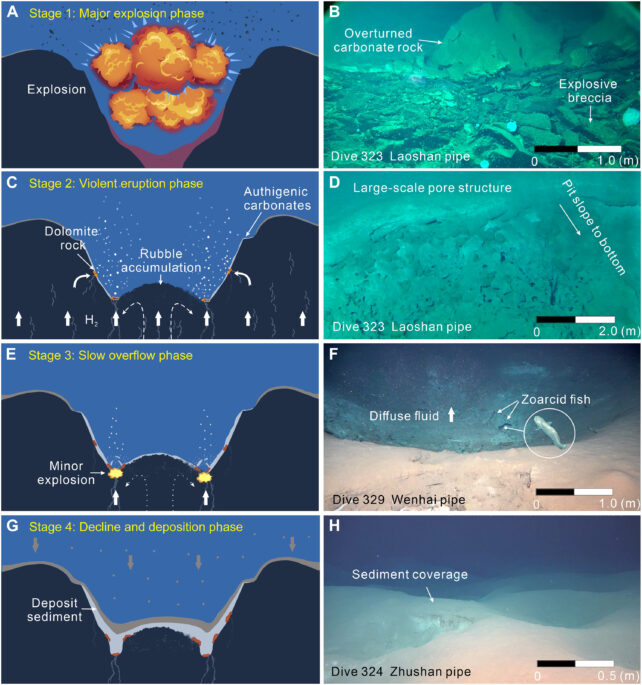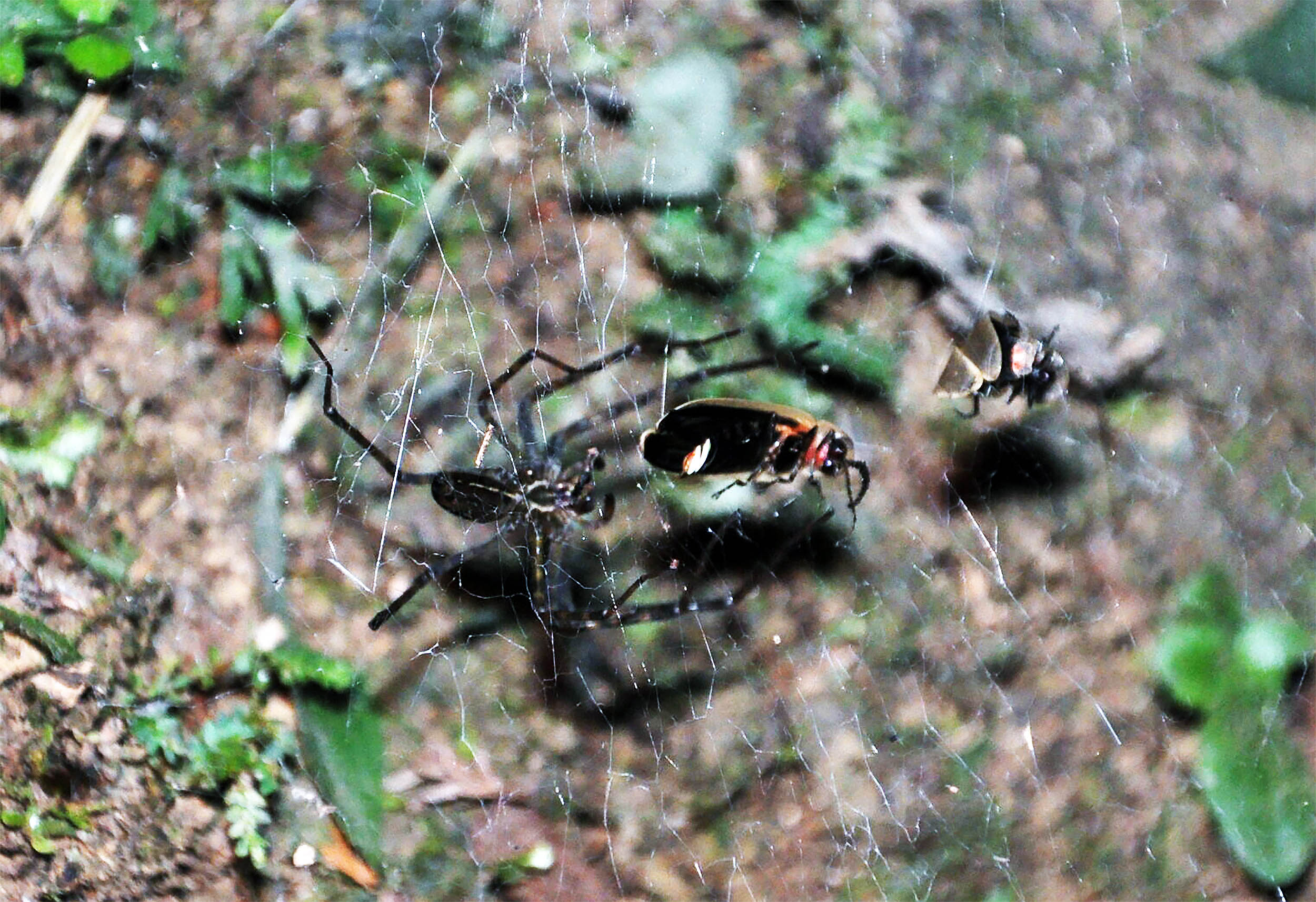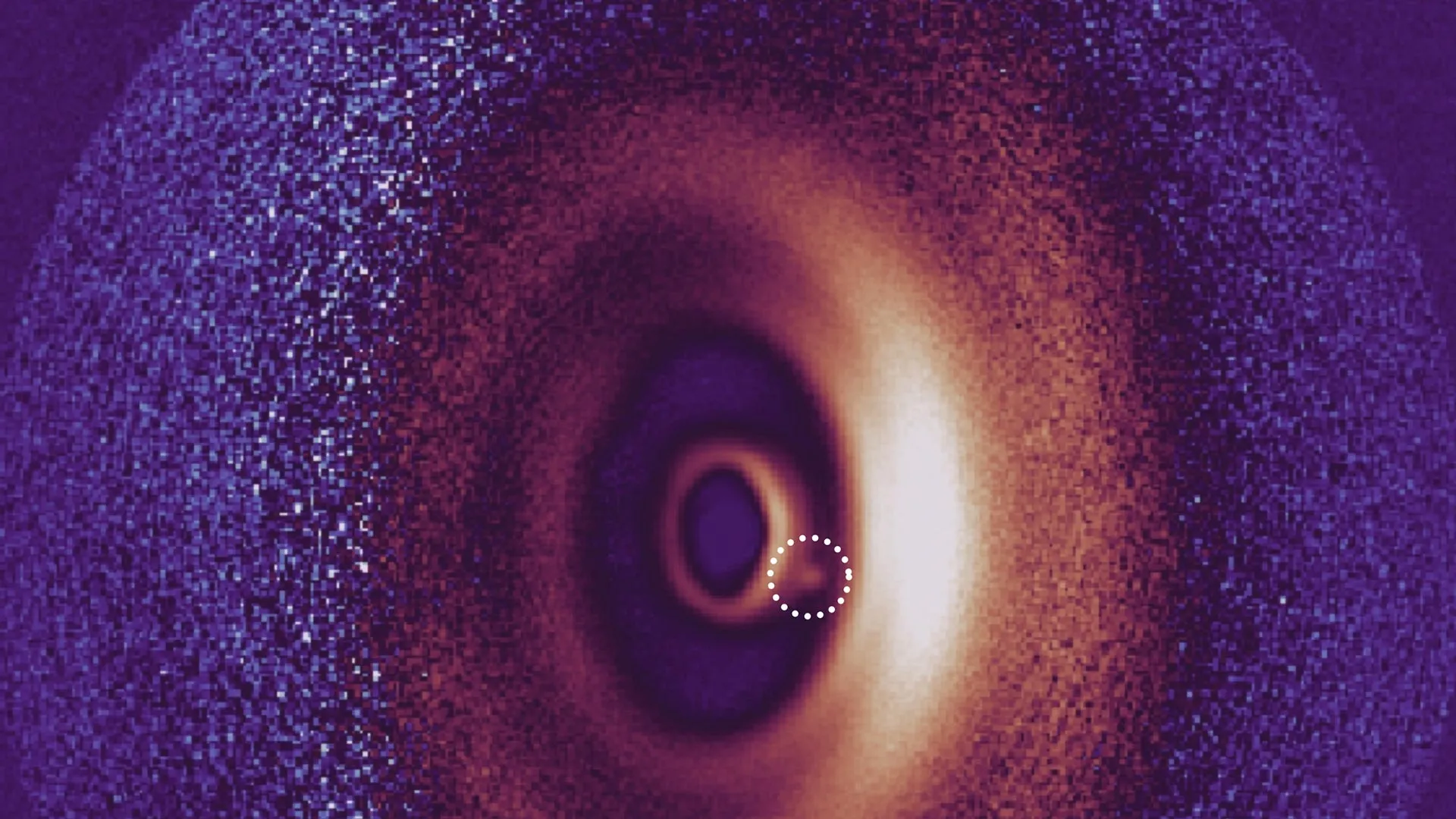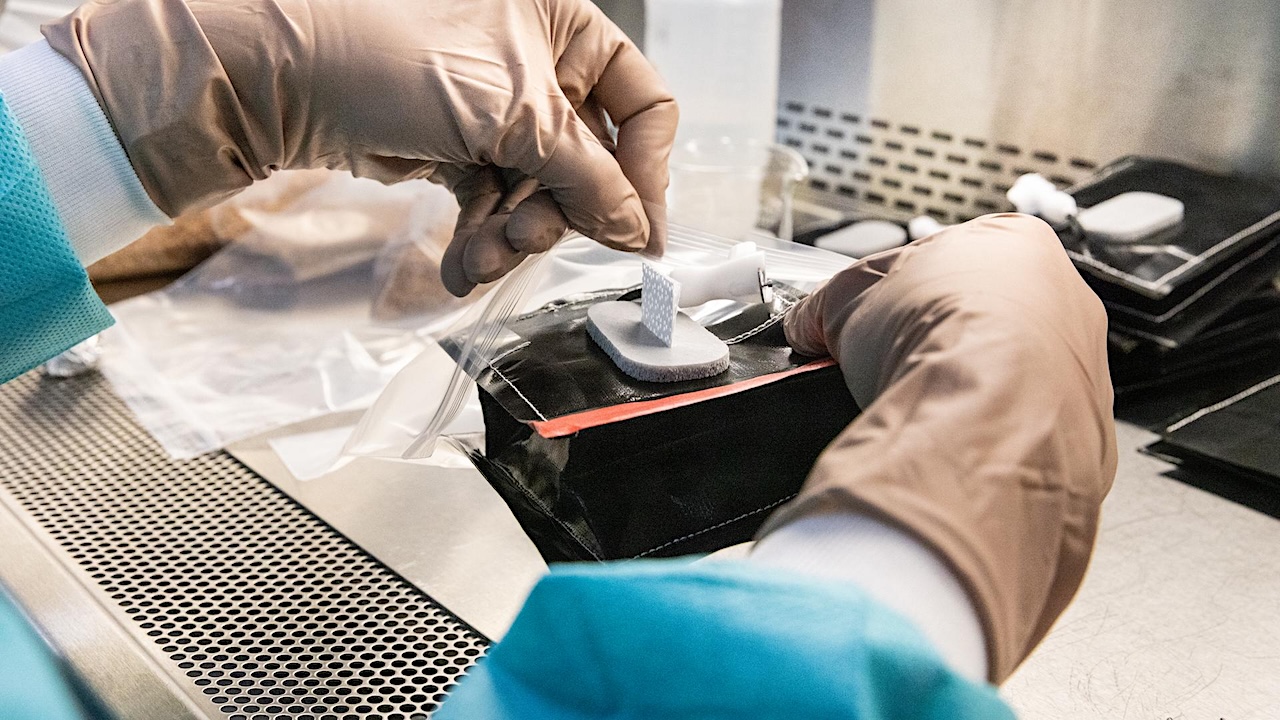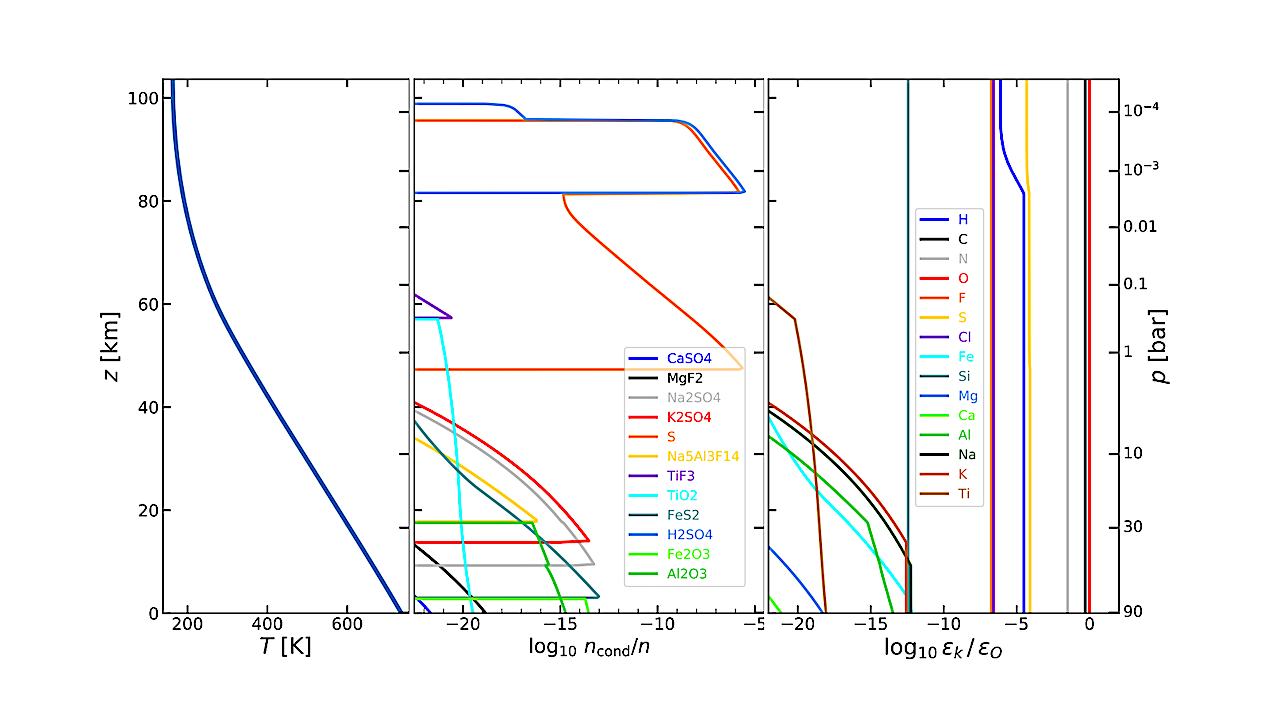Summary: A new AI system developed by computer scientists automatically screens open-access journals to identify potentially predatory publications. These journals often charge high fees to publish without proper peer review, undermining scientific credibility.
The AI analyzed over 15,000 journals and flagged more than 1,000 as questionable, offering researchers a scalable way to spot risks. While the system isn’t perfect, it serves as a crucial first filter, with human experts making the final calls.
Key Facts
- Predatory Publishing: Journals exploit researchers by charging fees without quality peer review.
- AI Screening: The system flagged over 1,000 suspicious journals out of 15,200 analyzed.
- Firewall for Science: Helps preserve trust in research by protecting against bad data.
Source: University of Colorado
A team of computer scientists led by the University of Colorado Boulder has developed a new artificial intelligence platform that automatically seeks out “questionable” scientific journals.
The study, published Aug. 27 in the journal “Science Advances,” tackles an alarming trend in the world of research.
Daniel Acuña, lead author of the study and associate professor in the Department of Computer Science, gets a reminder of that several times a week in his email inbox: These spam messages come from people who purport to be editors at scientific journals, usually ones Acuña has never heard of, and offer to publish his papers—for a hefty fee.
Such publications are sometimes referred to as “predatory” journals. They target scientists, convincing them to pay hundreds or even thousands of dollars to publish their research without proper vetting.
“There has been a growing effort among scientists and organizations to vet these journals,” Acuña said. “But it’s like whack-a-mole. You catch one, and then another appears, usually from the same company. They just create a new website and come up with a new name.”
His group’s new AI tool automatically screens scientific journals, evaluating their websites and other online data for certain criteria: Do the journals have an editorial board featuring established researchers? Do their websites contain a lot of grammatical errors?
Acuña emphasizes that the tool isn’t perfect. Ultimately, he thinks human experts, not machines, should make the final call on whether a journal is reputable.
But in an era when prominent figures are questioning the legitimacy of science, stopping the spread of questionable publications has become more important than ever before, he said.
“In science, you don’t start from scratch. You build on top of the research of others,” Acuña said. “So if the foundation of that tower crumbles, then the entire thing collapses.”
The shake down
When scientists submit a new study to a reputable publication, that study usually undergoes a practice called peer review. Outside experts read the study and evaluate it for quality—or, at least, that’s the goal.
A growing number of companies have sought to circumvent that process to turn a profit. In 2009, Jeffrey Beall, a librarian at CU Denver, coined the phrase “predatory” journals to describe these publications.
Often, they target researchers outside of the United States and Europe, such as in China, India and Iran—countries where scientific institutions may be young, and the pressure and incentives for researchers to publish are high.
“They will say, ‘If you pay $500 or $1,000, we will review your paper,’” Acuña said. “In reality, they don’t provide any service. They just take the PDF and post it on their website.”
A few different groups have sought to curb the practice. Among them is a nonprofit organization called the Directory of Open Access Journals (DOAJ).
Since 2003, volunteers at the DOAJ have flagged thousands of journals as suspicious based on six criteria. (Reputable publications, for example, tend to include a detailed description of their peer review policies on their websites.)
But keeping pace with the spread of those publications has been daunting for humans.
To speed up the process, Acuña and his colleagues turned to AI. The team trained its system using the DOAJ’s data, then asked the AI to sift through a list of nearly 15,200 open-access journals on the internet.
Among those journals, the AI initially flagged more than 1,400 as potentially problematic.
Acuña and his colleagues asked human experts to review a subset of the suspicious journals. The AI made mistakes, according to the humans, flagging an estimated 350 publications as questionable when they were likely legitimate. That still left more than 1,000 journals that the researchers identified as questionable.
“I think this should be used as a helper to prescreen large numbers of journals,” he said. “But human professionals should do the final analysis.”
A firewall for science
Acuña added that the researchers didn’t want their system to be a “black box” like some other AI platforms.
“With ChatGPT, for example, you often don’t understand why it’s suggesting something,” Acuña said. “We tried to make ours as interpretable as possible.”
The team discovered, for example, that questionable journals published an unusually high number of articles. They also included authors with a larger number of affiliations than more legitimate journals, and authors who cited their own research, rather than the research of other scientists, to an unusually high level.
The new AI system isn’t publicly accessible, but the researchers hope to make it available to universities and publishing companies soon. Acuña sees the tool as one way that researchers can protect their fields from bad data—what he calls a “firewall for science.”
“As a computer scientist, I often give the example of when a new smartphone comes out,” he said.
“We know the phone’s software will have flaws, and we expect bug fixes to come in the future. We should probably do the same with science.”
About this AI and science research news
Author: Daniel Strain
Source: University of Colorado
Contact: Daniel Strain – University of Colorado
Image: The image is credited to Neuroscience News
Original Research: Open access.
“Estimating the predictability of questionable open-access journals” by Daniel Acuña et al. Science Advances
Abstract
Estimating the predictability of questionable open-access journals
Questionable journals threaten global research integrity, yet manual vetting can be slow and inflexible.
Here, we explore the potential of artificial intelligence (AI) to systematically identify such venues by analyzing website design, content, and publication metadata.
Evaluated against extensive human-annotated datasets, our method achieves practical accuracy and uncovers previously overlooked indicators of journal legitimacy.
By adjusting the decision threshold, our method can prioritize either comprehensive screening or precise, low-noise identification.
At a balanced threshold, we flag over 1000 suspect journals, which collectively publish hundreds of thousands of articles, receive millions of citations, acknowledge funding from major agencies, and attract authors from developing countries.
Error analysis reveals challenges involving discontinued titles, book series misclassified as journals, and small society outlets with limited online presence, which are issues addressable with improved data quality.
Our findings demonstrate AI’s potential for scalable integrity checks, while also highlighting the need to pair automated triage with expert review.

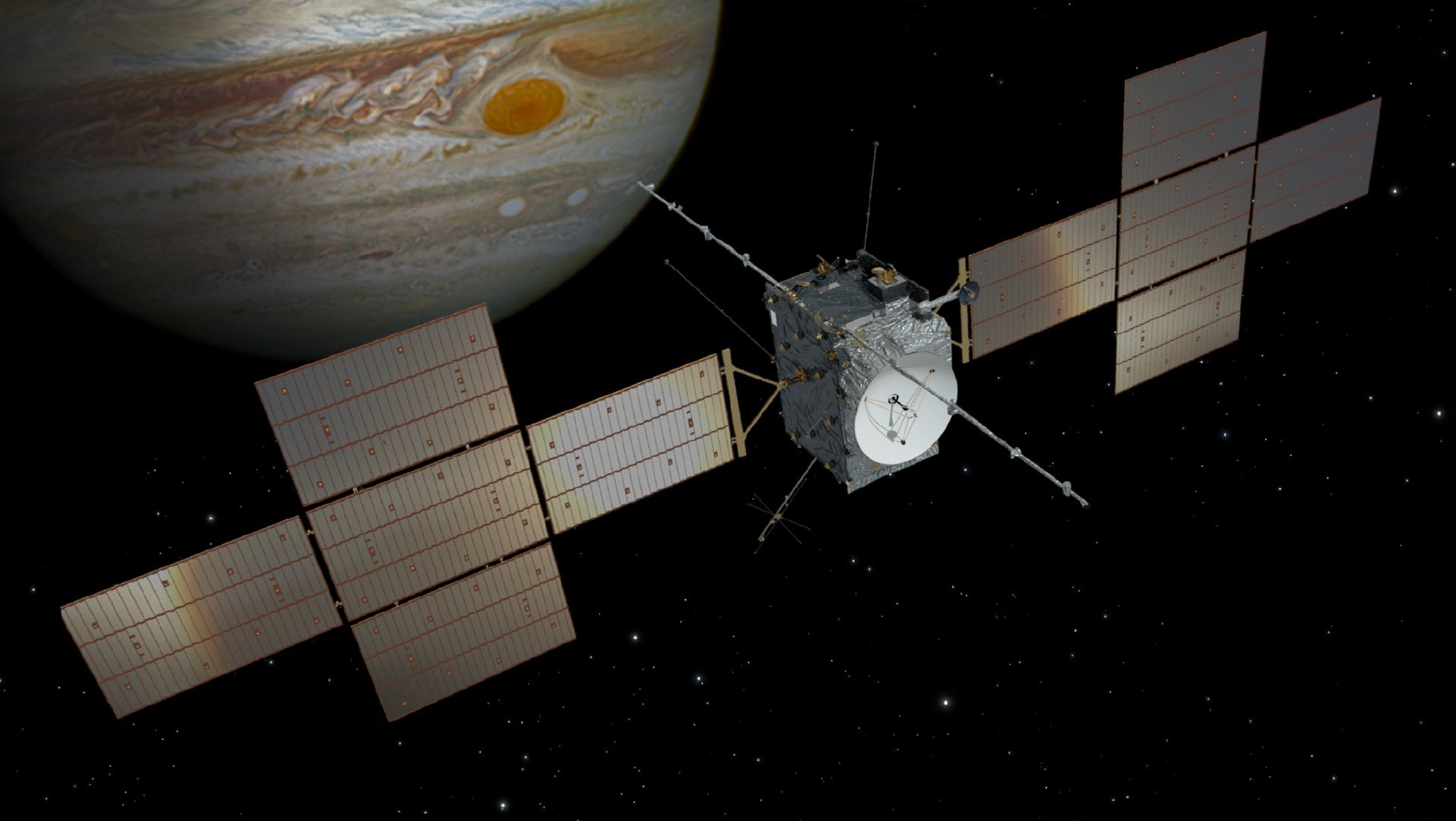

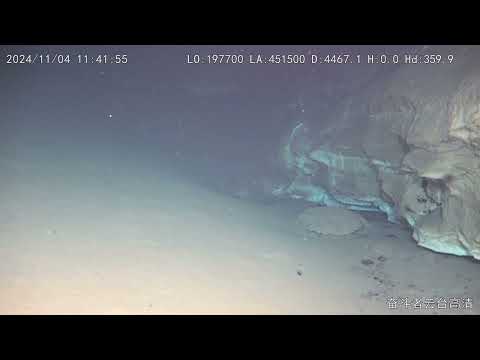 frameborder=”0″ allow=”accelerometer; autoplay; clipboard-write; encrypted-media; gyroscope; picture-in-picture; web-share” referrerpolicy=”strict-origin-when-cross-origin” allowfullscreen>
frameborder=”0″ allow=”accelerometer; autoplay; clipboard-write; encrypted-media; gyroscope; picture-in-picture; web-share” referrerpolicy=”strict-origin-when-cross-origin” allowfullscreen>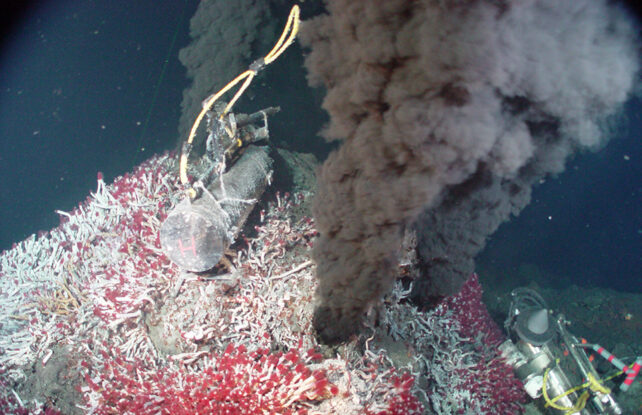
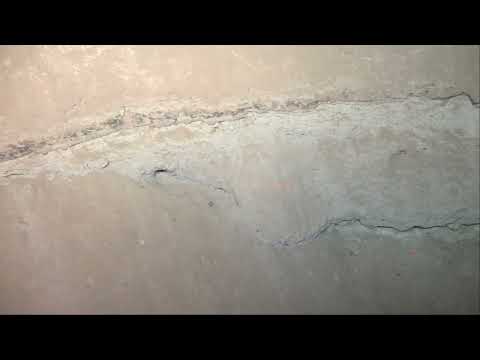 frameborder=”0″ allow=”accelerometer; autoplay; clipboard-write; encrypted-media; gyroscope; picture-in-picture; web-share” referrerpolicy=”strict-origin-when-cross-origin” allowfullscreen>
frameborder=”0″ allow=”accelerometer; autoplay; clipboard-write; encrypted-media; gyroscope; picture-in-picture; web-share” referrerpolicy=”strict-origin-when-cross-origin” allowfullscreen>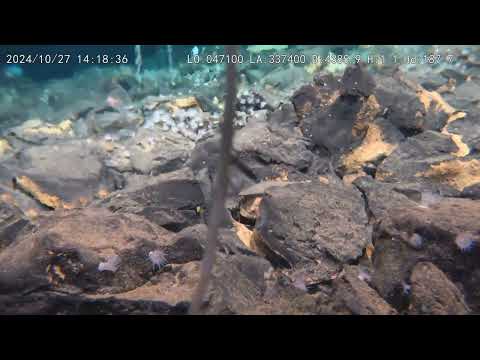 frameborder=”0″ allow=”accelerometer; autoplay; clipboard-write; encrypted-media; gyroscope; picture-in-picture; web-share” referrerpolicy=”strict-origin-when-cross-origin” allowfullscreen>
frameborder=”0″ allow=”accelerometer; autoplay; clipboard-write; encrypted-media; gyroscope; picture-in-picture; web-share” referrerpolicy=”strict-origin-when-cross-origin” allowfullscreen>